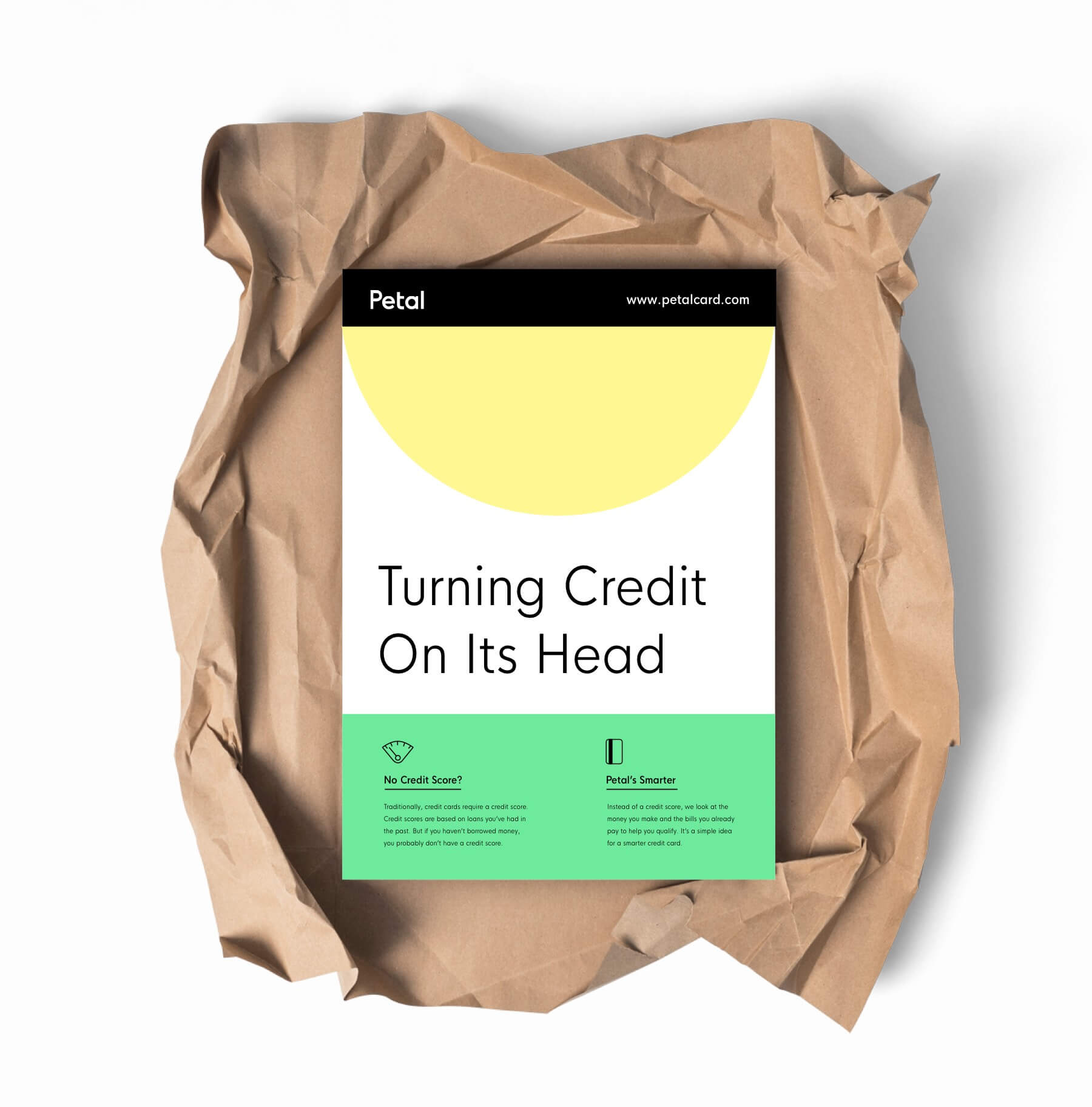
VantageScore is a consumer credit scoring system developed by the three major credit bureaus in the United States. VantageScore Solutions, LLC, an independent company, manages the model. It was established in 2006. VantageScore, which was created in 2006 by three bureaus, has been jointly owned by these companies. It is an anonymous, free system that assists consumers in determining their creditworthiness.
VantageScore 3.0
VantageScore 3.0 is a credit scoring model that differs from FICO. It is different from FICO, but the fundamental principles are the same. These principles include paying your bills promptly, limiting credit cards, and keeping credit utilization low. These strategies will help you improve credit scores.
Paying history is the most important factor in VantageScore3.0 credit scores. This is generally represented as a percentage, and missed or late payments can really hurt your credit score. Lenders want to see a history of responsibly using credit.

Credit mix
Credit mix scores are credit scores that are based on multiple factors. One of the most important factors is payment history. The calculation also considers the length of credit accounts you have held. A second factor is your credit mix, which includes installments and flexible credit lines. You will have a better overall score if your credit mix is healthy.
The credit mix factor is responsible for 10% of a consumer’s overall FICO score. This factor considers many types of credit accounts (such as lines of credit card), and then adds them together to give you the VantageScore. A healthy credit mix will include both installment and revolving credit accounts.
Credit utilization
The amount of your credit card debt can have an impact on your credit score. Some lenders allow you to have multiple credit cards which can help lower your utilization ratio. Another factor to consider is the age and credit limit. It can be difficult to control your spending if you have too many credit cards. Also, adding new lines to your credit report can ding your score.
It is important to understand the differences between total and per card usage when it comes to credit utilization. Per-card usage is the ratio of credit available to each card's total balance. Total utilization reflects the amount of credit you're using compared to the amount of credit you have available. The better your credit score, the lower your overall utilization.

Public records
A person's credit score can be affected by public credit records. They are typically regarded as a very serious event that could significantly lower a person’s overall credit score. But public records are not all that credit reports can include. Public records can also include judgments or tax liens. A person is declared bankrupt if he or she has fallen behind on their credit obligations.